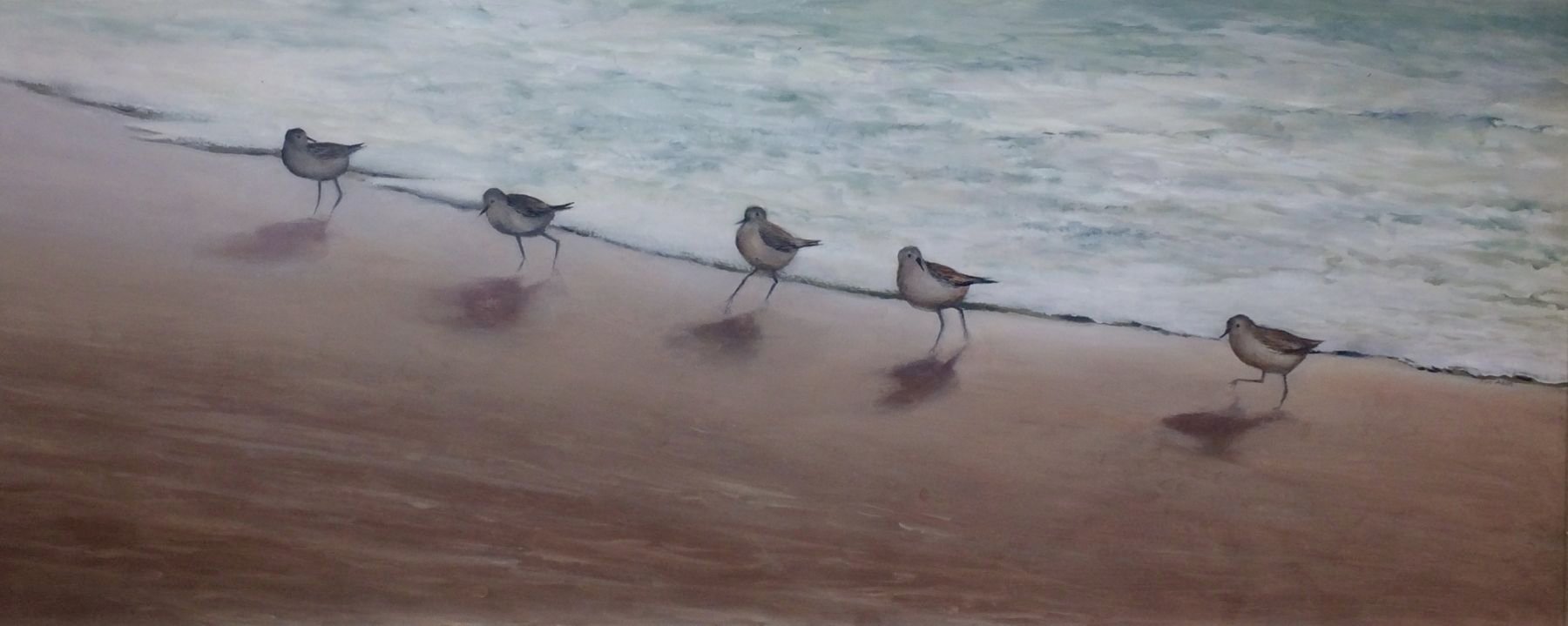
Ron Abbe
Ron Abbe, a painter working in oil, watercolor, and pastel, reinterprets landscape from a contemporary viewpoint, drawing metaphor as Robert Frost might. Abbe walks us into painted scenes that may be serene but are filled with visual incident. His seemingly familiar yet undiscovered terrain grows insular as well as, moves deep within the picture frame. He carefully constructs space so that it rewards continuous observation with startling contrasts between near and far viewings.
His philosophical interest in nature is evidenced in his work by synthesizing elements such as rock (thesis) and water (antithesis) as timeless qualities, reacting continuously. Abbe’s underlying desire to hold onto things before they are lost is especially apparent in his autumn paintings where colors explode into a soothing reminiscence.
While Abbe has painted scenes, from Ireland to Nantucket, his most recent work details his respect for and appreciation of the Connecticut landscape, specifically rarely visited spots along Roaring Brook in Glastonbury.
As a child living in Wethersfield, Connecticut, he was a patient observer of turtles and other creatures in a nearby brook and swamp. His fascination with nature continued to grow. Upon graduating from the School of the Art Institute of Chicago, Abbe moved to Warehouse Point in Connecticut where he lived alone in a remote ancestral home built in 1833, a short walk from the Connecticut River. The living was somewhat primitive, with no central heat, but he could paint and read and not have to worry about rent. In his several years of living there, his emotional connection to nature matured, and like the painter Andrew Wyeth, he scouted out personal scenes that reflected the mood of each season.
Now, Abbe searches out seldom viewed forests and streams and while hiking through them he finds compositions such as fallen leaves, reflections in water, and dense vegetation fractured with light. He will then take hundreds of photos to contemplate months later, rearranging, and cropping them until he narrows the selection to a few that he will further restructure into subjects for his paintings and pastels.










